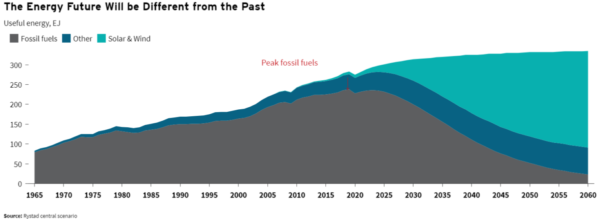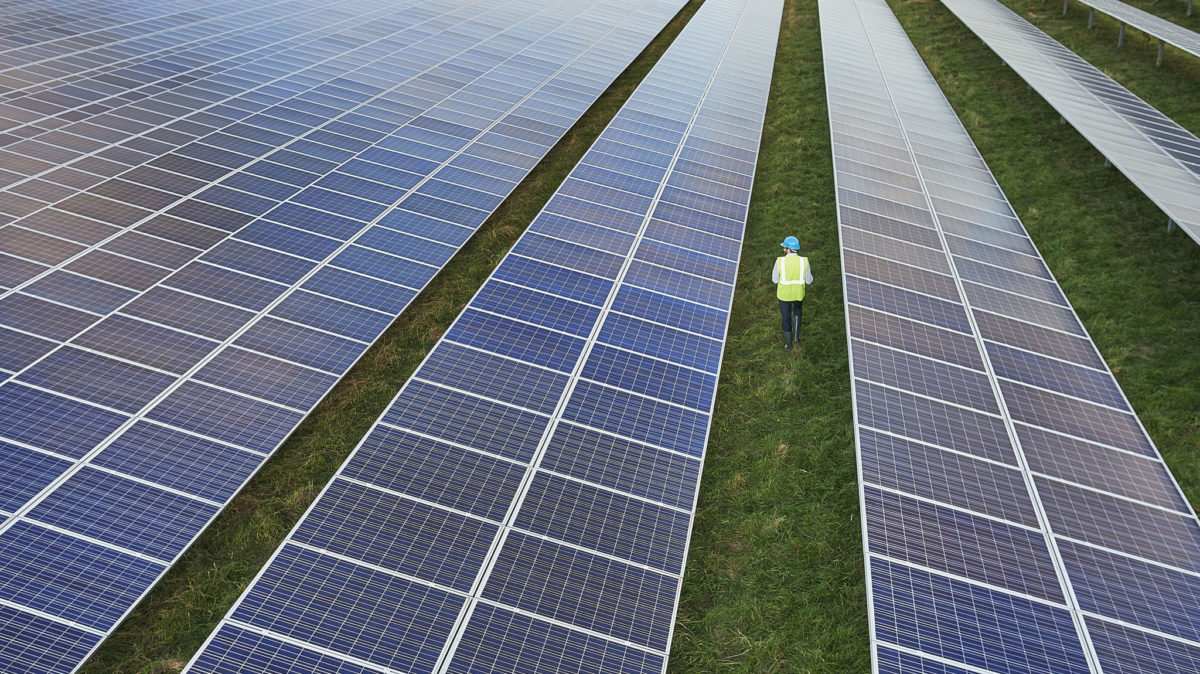The Energy Information Administration (EIA) shared that renewable energy in the U.S. is continuing its march towards being the dominant source of electricity, as solar and wind power are expected to represent 16% of all generation this year. This doubles the 2018 contribution of 8%.
The U.S. grid operated about 74 GW of solar photovoltaic capacity at the end of 2022, which is about three times the installed capacity at the end of 2017. Wind power has grown by more than 60% since 2017 to about 143 GW of capacity.
Solar capacity is expected to add another 63 GW by the end of 2024, an impressive growth of 84% in a two-year span. By 2024, solar may reach 6% of generation, while wind is expected to add 12 GW of capacity in two years, reaching about 12% of the total generation mix.

“I wouldn’t be surprised if the percentage of solar- and wind-generated electricity exceeds the EIA’s projections over the next two years, as the hundreds of billions of dollars from the Inflation Reduction Act pour into clean energy initiatives,” said Alex Formuzis, spokesperson for the Environmental Working Group.
Meanwhile, solar and wind are pushing fossil fuels off the grid. The EIA forecast for coal this year has fallen from a 20% contribution to 18%, and natural gas is expected to decline by a percentage point to 38% of the energy mix.
Coal is forecast to decline to 17% of U.S. electricity generation in 2024, meaning next year may be a monumental year for classic renewables (solar and wind), to push coal further down the ranking list of contributors. When including hydroelectric power, U.S. renewable energy is expected to reach 26% of electricity generation by 2024.
Rocky Mountain Institute (RMI) energy expert Kingsmill Bond said fossil fuel demand in the electricity sector has already reached its peak in demand. Driven by lowered costs, clean energy goals, and a gravitational shift in global capital toward renewables, solar and wind energy are expected to carry the torch left behind by coal, oil, and gas.
According to RMI research, fossil fuel demand for electricity has peaked in 95 % of the Organization for Economic Cooperation and Development (OECD) countries and 31% of the non-OECD countries excluding China.

“Putin’s War, the desire for domestic energy sources, and high fossil fuel prices only add to the pressure to change,” said Bond. “When we add up deployments in solar, wind, EVs, heat pumps, and hydrogen, we expect clean technology deployment over the course of this decade to replace four times as much fossil fuel demand as it did in the past decade.”
Investments in the U.S. renewable energy market are expected to hit $114 billion by 2031, a 78% increase from $64 billion in total investments at year end 2021, buoyed by decarbonization momentum from the landmark Inflation Reduction Act (IRA). Much of this investment will go towards establishing a domestic supply chain of solar components.
“The IRA will completely reshape the renewables supply chain in the U.S., incentivizing the reopening of shuttered facilities as well as provide opportunities to build entire equipment supply chains from scratch,” said Daniel Liu, head of asset commercial performance at Wood Mackenzie.
This content is protected by copyright and may not be reused. If you want to cooperate with us and would like to reuse some of our content, please contact: editors@pv-magazine.com.









So good to hear . . . . . “Meanwhile, solar and wind are pushing fossil fuels off the grid. ”
“Coal is forecast to decline to 17% of U.S. electricity generation in 2024, meaning next year may be a monumental year for classic renewables (solar and wind), to push coal further down the ranking list of contributors. When including hydroelectric power, U.S. renewable energy is expected to reach 26% of electricity generation by 2024.”